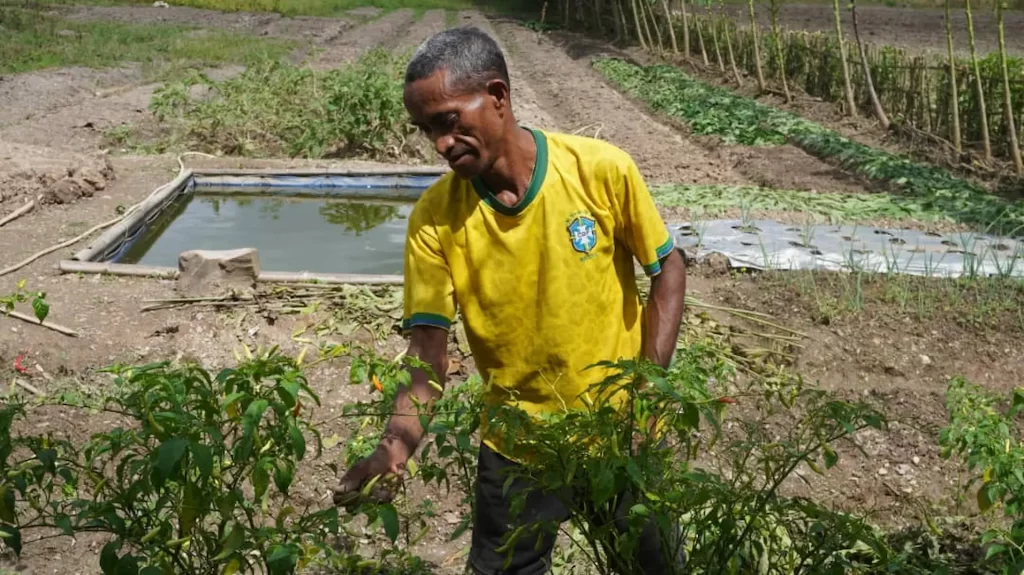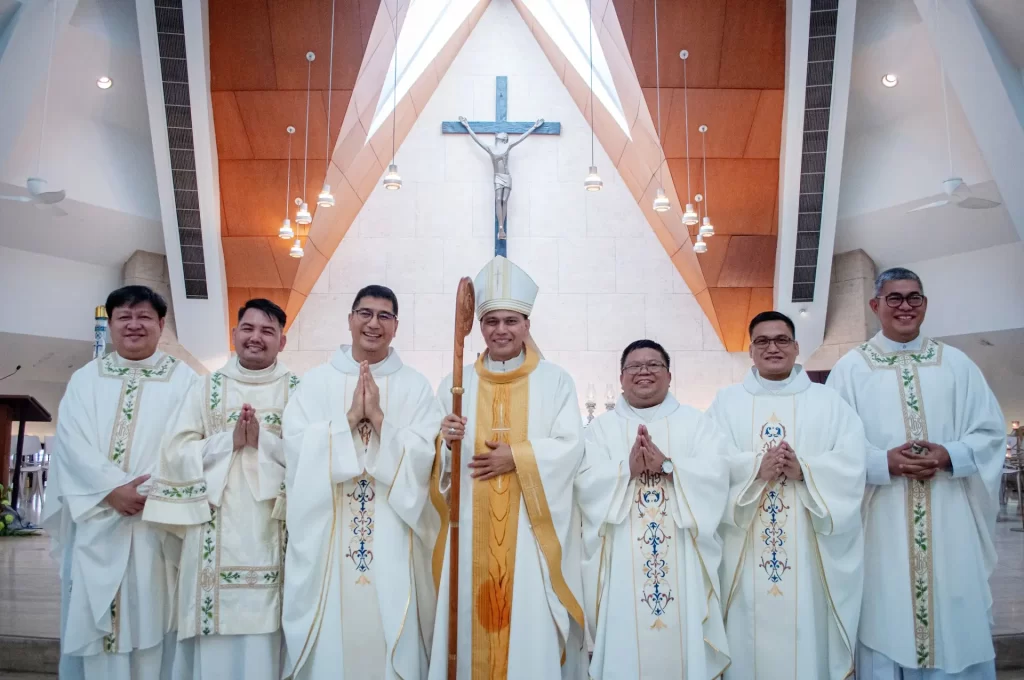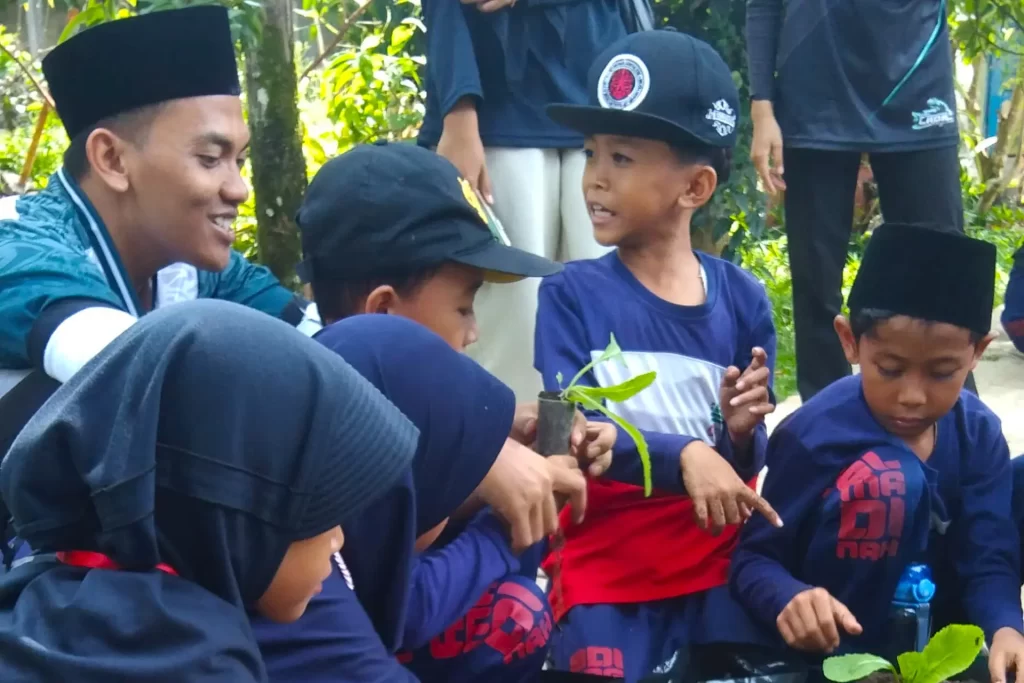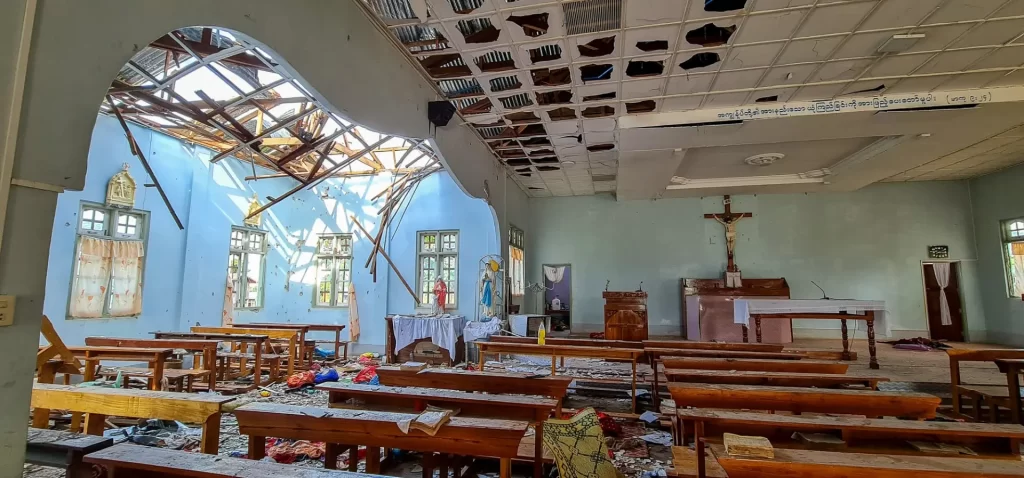
Perhaps it is this same spirit that inspired the then Secretary of the Department of Education (DepEd) Br Armin A Luistro FSC and Fr Joel E Tabora SJ, President of Ateneo de Davao University (ADDU), to establish jointly a culturally-sensitive and responsive senior high school programme designed for the Tboli communities in Lake Sebu.
The Tboli communities, also known as Tagabili, are one of the indigenous peoples living in South Cotabato in the island of Mindanao. They are known for their Tnalak, a piece of cloth made from Abaca fibres painstakingly dyed and hand woven to reflect an original design that is revealed to the weavers in dreams. This is why the weavers are also called dream weavers.
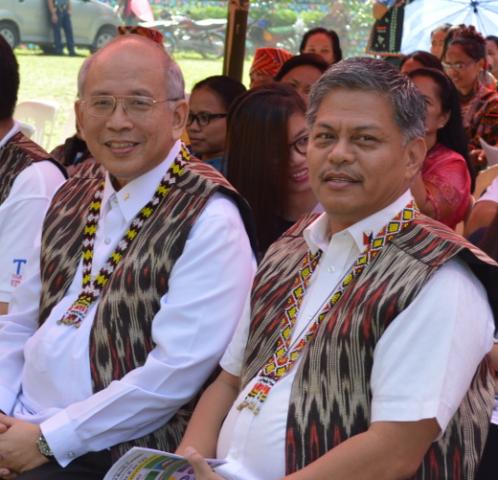
Designing a culture-based senior high school programme for the Tboli communities requires passion and sacrifice. It demands a deep understanding of the Tboli culture, open-mindedness, sensitivity, and a great deal of patience in order to navigate carefully and challenge the paradigm of those in the Department of Education, coordinate with the local government, and collaborate with the community.
After about two years of constant dialogue with all the stakeholders, Tboli Sbù Senior High School (TSSHS) opened on May 19, 2015. The community elders insisted that Tboli Sbù be in the school’s name to emphasise their identity as Tbolis of Lake Sebu since there are other Tboli communities in the municipality of Tboli.
TSSHS began with a pilot test of the Grade 11 curriculum designed for the Tboli students. Currently, it is pilot-testing the Grade 12 curriculum where students are already in either of the two specialisations in its Sustainable Community Resource Management course. Designed as a Technical-Vocational Track, the two course specialisations are Livelihood Management and Eco-Tourism. Livelihood Management students are taught the skills of Tnalak weaving, loom weaving and embroidery, brass casting, woodcarving and sustainable crop production with classes on entrepreneurship and management. Eco-Tourism students are taught environmental conservation vis-a-vis sustainable tourism management and practices.

The programme concept is based on the community’s resources, cultural heritage and aspirations. Aside from technical skills, TSSHS is also committed to inculcating the six core values identified by the community elders: reverence for the Holy, pride for culture, respect for the Elders, love for peace, hospitality and passion for learning.
Central to the whole process of developing this culture-based programme is the engagement of the community culture-bearers known as Indigenous Knowledge, Systems and Practices holders. These culture bearers are tapped to engage with and hand-down their cultural knowledge to the young Tboli students.
The Tboli Sbù Senior High School is not about the Department of Education, nor is it about Ateneo de Davao University. It is about the Tboli communities of Lake Sebu asserting their cultural identity. Like their distinctive Tnalak, they are a people with very strong convictions and aspirations to bring their beautiful culture to the world.

